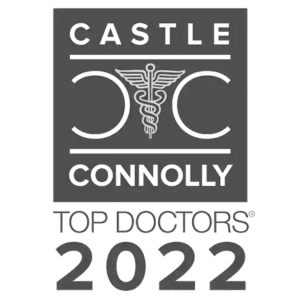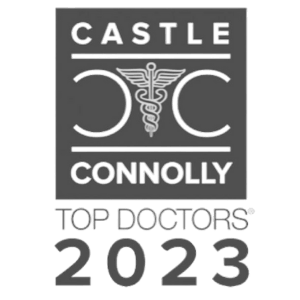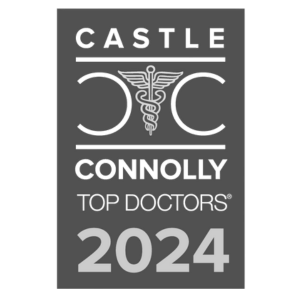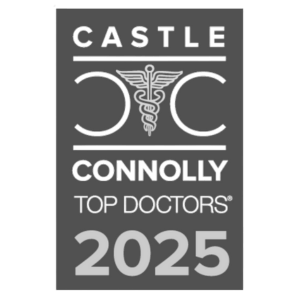While many anti-aging treatments focus on reducing lines, wrinkles, and creases, they don’t always address another silent foe: volume depletion. Facial fat transfer uses fat cells harvested from an area of plenty to restore a supple, glowing complexion that communicates youthfulness and vitality. If you are interested in a facial fat transfer in New Jersey, Dr. Parakh has you covered.
What is Facial Fat Transfer?
For patients who desire natural-looking enhancement and who do not wish to augment their facial contours with hyaluronic acid fillers, facial fat transfer offers a safe, effective means of rejuvenation. Because the fat is taken from the patient’s own body, there is little risk of allergic reaction, ensuring candidacy for most.
The procedure transfers fat from an area of excess to a region of depletion, accomplishing two contouring goals at once. Facial fat transfer can help restore a youthful aesthetic beneath the eyes, in the lips, around the nose and mouth, in the cheeks and temples, and along the jawline, reversing hollowness.










